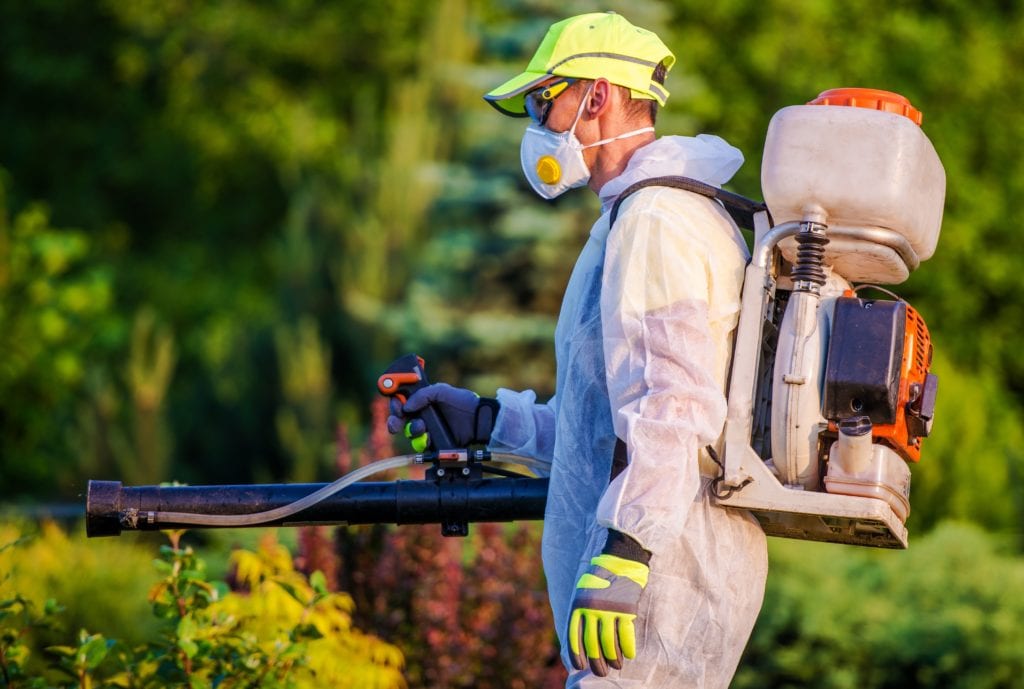Specialist Insect Control Techniques for Long-Term Outcomes
In the realm of pest control, achieving sustained effectiveness and long-lasting results calls for a precise strategy that transcends plain extermination. Specialist pest control techniques encapsulate an extensive approach that starts with an extensive examination and analysis, adhered to by specific parasite identification to understand their habits patterns. The execution of Integrated Pest Monitoring (IPM) principles, combined with eco-conscious therapies, creates the cornerstone of lasting insect eradication. The real test lies in the continuous tracking and maintenance of the dealt with areas, making sure a pest-free setting for the foreseeable future. By delving right into the ins and outs of these strategies, a deeper understanding of professional pest control techniques for enduring end results arises.
Inspection and Assessment
Upon getting in a property for parasite control services, the preliminary action is an extensive assessment and evaluation to recognize the level of the invasion and determine one of the most efficient therapy plan. Specialist pest control technicians are trained to thoroughly take a look at the premises, seeking indicators of bug activity such as droppings, nibble marks, nests, or any structural damage. They will certainly also assess the conditions that might be bring in bugs, such as food sources, water leakages, or access points.

Bug Recognition and Habits

Moreover, comprehending the actions of the recognized pest is crucial to applying effective control procedures. Knowing where parasites nest, what they feed on, and their task patterns can aid pest control experts design techniques to eradicate them effectively. Some parasites may be nighttime, while others are much more energetic throughout the day. This knowledge enables the application of treatments at optimal times for optimum effectiveness.
Integrated Bug Monitoring (IPM)
Integrated Insect Monitoring (IPM) strategies incorporate several methods to control and stop insect problems in a lasting and ecologically pleasant fashion. pest control. By integrating techniques such as organic look at more info control, environment adjustment, alteration of social practices, and making use of resistant selections, IPM aims to minimize using chemical pesticides
Among the crucial principles of IPM is the focus on avoidance. This aggressive strategy involves surveillance pest populaces regularly to identify any type of possible concerns before they intensify. By my website recognizing insect problems early on, pest control actions can be carried out quickly and effectively.
Furthermore, IPM advertises the use of non-toxic parasite control methods whenever possible. This can include utilizing natural killers of the insects, introducing valuable bugs, or utilizing pheromones to disrupt breeding patterns. By lowering you could try this out dependence on chemical pesticides, IPM not only protects the environment yet also helps preserve an equilibrium in the environment.
Environmentally-Friendly Therapies
Implementing eco-conscious methods in parasite control procedures can properly deal with invasions while prioritizing ecological sustainability. Environmentally-friendly treatments focus on reducing the impact of pest control approaches on communities, non-target microorganisms, and human health. These techniques commonly involve making use of natural predators, such as ladybugs or nematodes, to manage pest populations, decreasing the requirement for chemical interventions. Furthermore, methods like environment adjustment, such as readjusting moisture degrees or getting rid of food sources, can aid discourage bugs without using harmful compounds.
Another secret element of environmentally-friendly therapies is the use of natural and biodegradable products that damage down swiftly without leaving dangerous residues in the environment. Herb pesticides originated from plants like chrysanthemums or neem offer efficient bug control while positioning minimal threat to non-target species. Employing methods like heat therapies or scent catches can target certain insects with accuracy, minimizing the total environmental effect of bug control practices.
Ongoing Monitoring and Upkeep
Regular monitoring and upkeep are necessary parts of efficient bug control monitoring. Continuous tracking plays an essential role in guaranteeing that insect infestations are detected early and handled promptly. Regular assessments by experienced specialists are essential to determine any type of indicators of pest activity, assess the effectiveness of previous treatments, and make modifications to the insect control plan as required. By checking insect populaces over time, bug control experts can track fads, prepare for potential problems, and apply preventive procedures to minimize the danger of future infestations.
Along with monitoring, maintenance techniques are important for long-lasting parasite control success. This consists of executing proper hygiene measures to remove potential food and water sources for bugs, sealing entrance factors to stop insects from entering the facilities, and dealing with any type of architectural problems that could facilitate insect infestations (bed bug heat treatment). By incorporating ongoing monitoring and upkeep into an integrated insect administration strategy, services can make sure a pest-free atmosphere and protect their property against expensive damages and health risks
Verdict
Finally, utilizing specialist bug control methods such as detailed assessment and analysis, exact parasite identification and understanding of their actions, integrated bug management strategies, environmentally-friendly therapies, and continuous monitoring and upkeep are crucial for accomplishing long-term cause pest control. By executing these methods, people can successfully take care of pest infestations and keep a pest-free atmosphere in a sustainable way.